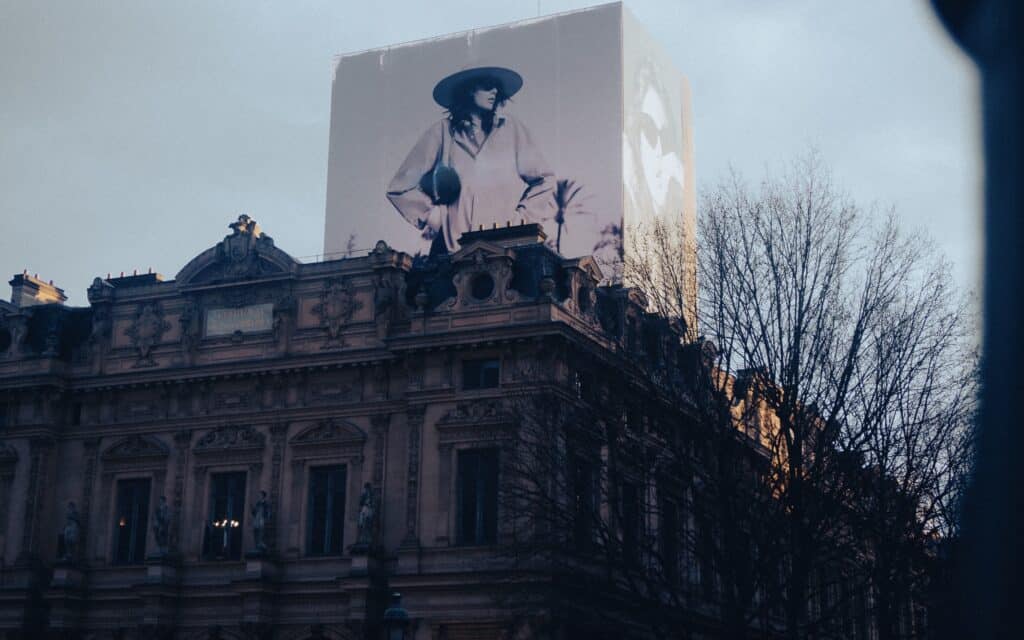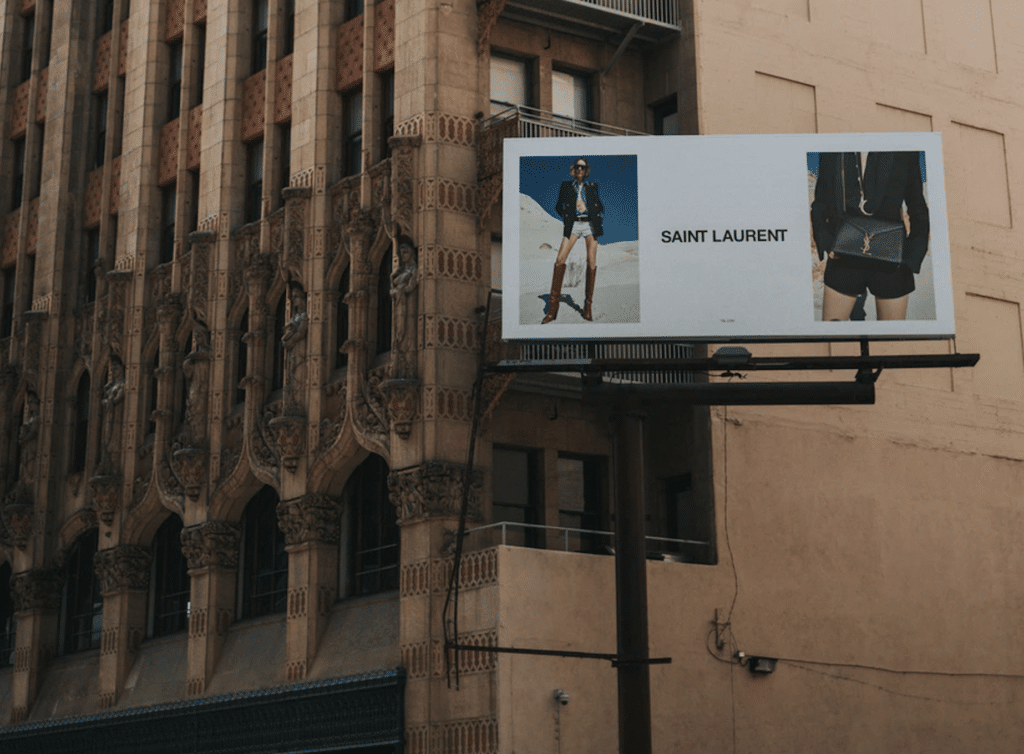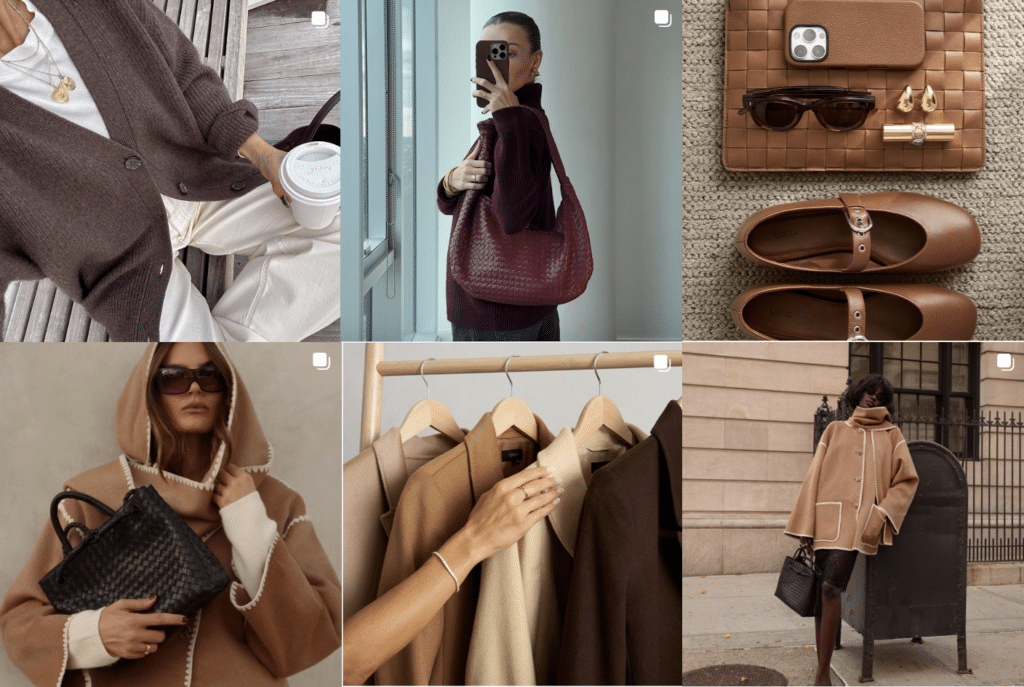 image: Chanel
image: Chanel
Ad spending in print magazines dropped by a whopping $400 million last year. According to the Association of Magazine Media’s annual report, spending by the top 50 marketers fell from $6.5 billion in 2016 to $6.1 billion last year, as an increasing number of companies, particularly in the fashion and luxury sectors, continue to boost spending on digital campaigns, including tapping big-name influencers to help them find favor amongst millennial and Gen-Z consumers.
According to WWD, notable decreases is print ad spending came from LVMH Möet Hennessy Louis Vuitton. The Paris-based luxury goods conglomerate – which owns Louis Vuitton, Christian Dior, Celine, Loewe, and Givenchy, among other fashion and non-fashion brands, such beauty retailer Sephora and Rihanna’s Fenty Beauty collection – cut spending by $15.2 million to $216.3 million. Rival Kering – parent to Gucci, Saint Laurent, and Yves Saint Laurent – cut by $7.5 million from 2016 for spending that amounted to $97.2 million for 2017.
Chanel, which revealed in June that it made $9.62 billion in 2017 (its first-ever public-facing revenue report), similarly chopped its print ad spending by $7.8 million to $67.4 million, and American e-commerce giant Amazon cut its print efforts almost by half – $37.6 million – down to $44.3 million.
Such scaled back print spending is in line with reports that fashion brands are looking online for both sales and influence. Online sales have become the fashion industry’s most important and promising engine of growth. McKinsey & Company predicts that online sales of luxury goods will top $81 billion by 2025, and even before that, is slated to amount for between 18 to 20 percent of brands’ total revenue.
With this in mind, brands are ramping up their digital ad spending. As of last fall, a 91 percent of luxury brands were using influencers in connection with their marketing efforts, according to L2 Digital. Even more fashion, luxury and cosmetics brands, a whopping 98 percent, are actively lending samples or gifting products to influencers in hopes of boosting digital visibility (i.e., appearing on their Instagram accounts) and thereby, boosting sales.
As for the tangible return-on-investment for such digital spending, the jury is still out, due, in part, to the fact that influencer marketing does not always result in direct sales conversions (and instead, tend to give rise to an increase in brand awareness), conversion metrics are more complicated. Add to this, the rampant presence of bots on social media, which has given rise to theories of engagement fraud, and you can see some of the difficulties that brands are currently grappling with in the midst of the large-scale shift from print to the web.











